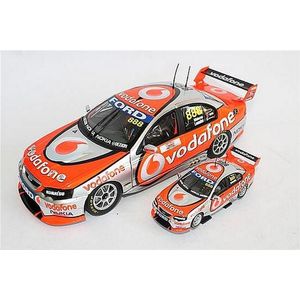Vintage Batmobile Toy from the 1960s
Masudaya / modern toys Batmobile. This circa 1960s Batmobile is tinplate litho, with rubber, friction driven wheels and a vinyl Batman driving with his vinyl cape flapping in the wind behind him. Length 32 cm (12.5 inches). the streamlined and futuristic style of this superb toy makes it one of the most sought-after of the many Batman toys produced, given further impetus by the success of the live-action television series in the mid-1960s. the Batman movie franchise has created a whole new generation of fans who are also keen on the early comics which introduced Batman to the world just as World War two was starting. the character first appeared in Detective Comics #27 (cover dated May 1939). Batman proved to be so popular that a self-titled ongoing comic book series began publication with a cover date of spring 1940. It was first advertised in early April 1940, one month after the first appearance of his new sidekick, Robin, the boy Wonder.
You must be a subscriber, and be logged in to view price and dealer details.
Subscribe Now to view actual auction price for this item
When you subscribe, you have the option of setting the currency in which to display prices to $Au, $US, $NZ or Stg.
This item has been sold, and the description, image and price are for reference purposes only.
- Friction Motors in Toys - A friction motor, also known as a push and go is a type of motor that uses friction to create motion. It is commonly found in toys, particularly in vehicles such as cars and trains. The motor works by using a spring-loaded mechanism that is activated when the toy is pushed or pulled along a flat surface. The movement of the toy causes the friction between the wheels and the surface to turn the gears inside the motor, which then propels the toy forward.
Friction motors are known for their simplicity and low cost, making them a popular choice for children's toys. They are also easy to use, as they do not require any batteries or electrical power to operate.
However, there are some drawbacks to friction motors. They can wear out over time, especially if the toy is used frequently. They also have limited speed and power, and the motion can be affected by the surface on which the toy is used. - Manner of .... / Style of ..... - A cataloguing term where the item, in the opinion of the cataloguer is a work in the style of the artist, craftsman or designer, possibly of a later period.
- Circa - A Latin term meaning 'about', often used in the antique trade to give an approximate date for the piece, usually considered to be five years on either side of the circa year. Thus, circa 1900 means the piece was made about 1900, probably between 1895 and 1905. The expression is sometimes abbreviated to c.1900.
This item has been included into following indexes:
Visually similar items

A boxed Modern Toys (Japan) Atomic rocket X-1800
Sold by
in
for
You can display prices in $Au, $US, $NZ or Stg.

Two Classic Carlectible Ford 'Falcon' models, with Vodaphone livery (2)
Sold by
in
for
You can display prices in $Au, $US, $NZ or Stg.

Two gate 'Porsche 996' models, and two Autoart models, 'Porsche Carrera GT' and 'Porsche 911' (4)
Sold by
in
for
You can display prices in $Au, $US, $NZ or Stg.

Two Classic Carlectible 'Ford models', with Aboriginal and Vodaphone livery (2)
Sold by
in
for
You can display prices in $Au, $US, $NZ or Stg.
